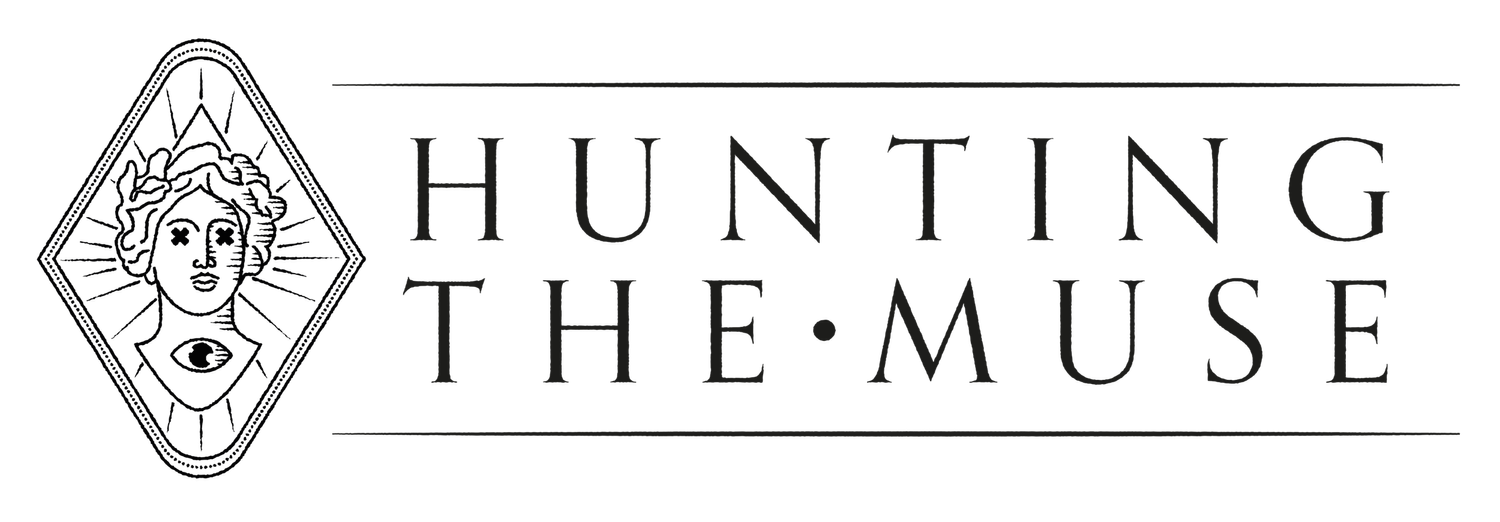7 Copywriting formulas found in the workshop of top copywriters
You may enter this article with some doubt.
How can copywriting—the craft of writing persuasive text— be boiled down to simple formulas?
Compelling copywriting requires skills beyond the formulaic. It takes (at least) linguistic fluency, an experimental mindset, curiosity about people, and a dash of magic to catch people’s attention. And then even more to persuade them to take action.
But top copywriters worldwide have used these timeless copywriting formulas for decades, some for over a century. I’ve used these formulas for 8+ years across marketing emails, landing pages, blogs, and social posts. They’re truly helpful when you’re struggling to find the right words to describe why a product or service is really worth buying, or if you’re not sure what order to put them in.
Let’s check out seven copywriting formulas and how to use them to sell products and services—even if they’re as lame as the ones in this article.
(Also, scroll to the bottom to see which formula I used in this intro 😉)
1. PAS - Problem, Agitate, Solution
Problem: Share the reader's pain point.
Agitate: Stir up emotions around the problem.
Solution: Present your product or service as the solution.
You can use this punchy copywriting framework in everything from tweets to long-form sales pages. Though you really need to get each factor right. The problem must feel genuine. Then, you agitate it like it’s the worst thing ever. Lastly, introduce them to your solution.
PAS creator and sales letter aficionado Dan Kennedy called this formula “the most reliable sales formula ever”. It’s competing with a few others on this list, but ultimately, it’s up to you to try them and see what works.
Example:
Problem: Tired of waking up in a panic because of your noisy alarm clock?
Agitate: Imagine the best sleep ever. You’re having a dream where you win the Nobel Peace Prize until BARP BARP BARP BARP. Reality rushes in with an awful soundtrack: your alarm.
Solution: It’s time to throw away that noisy alarm clock. The Telepathic Alarm wakes you without a single sound. You’ll get mental nudges at just the right time—like just after you claim your Peace Prize and take off into the sky.
2. PASTOR - Problem, Amplify, Solution, Transformation, Offer, Response
Problem: Name your reader’s pain point.
Agitate: Highlight why the problem is particularly bad.
Solution: Describe how to solve the problem.
Transformation: Demonstrate how your product or service helped other clients.
Offer: Describe your specific offering.
Response: What should the reader do next?
Direct response copywriter Ray Edwards added to the existing PAS formula with a testimonial that supports your claims. Social proof is the magic that Ray Edwards says “shepherds” (geddit) your audience towards a buying decision.
We lean heavily on the opinions of others before we buy. As Robert Cialdini writes in Influence “we seem to assume that if a lot of people are doing the same thing, they must know something we don’t.”
Try PASTOR in longer copy like emails, pitch decks, and landing pages.
Example:
Problem: Life is exhausting.
Agitate: There’s the client meeting, the kids’ pickup, the shopping… Coffee works, but you need more. Much more.
Solution: Meet the ForeverFill auto-refill coffee mug. We deliver an infinite stream of full-bodied Brazilian brew through our portals to your cup.
Transformation: Stan says ForeverFill changed his life: “I’VE NEVER BEEN SO AWAKE,” he said. Stan hasn’t blinked for a week. We think he’s all good.
Offer: Only today, get the ForeverFill mug HALF PRICE. No catches. Just don’t stick your hand inside the portal.
Response: What are you waiting for? Buy now at ForeverFillWoo.com.
3. AIDA - Attention, Interest, Desire, and Action
Attention: Grab attention with a hook or striking visual.
Interest: Show how the product or service serves the audience’s interest with facts, claims, and uses.
Desire: Emphasize how the product can solve their problem with features, benefits, and emotional triggers.
Action: Encourage the audience to take a specific action.
AIDA was created back in 1898 by American advertising advocate, Elias St. Elmo Lewis. It’s been practices for more than a century and you still see social posts using it every day.
The sequence is not just useful for direct copy, but also specifies the customer journey when buying a product or service. They move through thinking and feeling stages (attention, interest, desire), leading to a behavioural stage (action).
Example:
Attention: Revolutionize mealtime with the self-cleaning spoon.
Interest: Tired of washing your spoons while on the go? The self-cleaning spoon saves 6 hours every month in unnecessary washing.
Desire: Enjoy hassle-free meals with our hygienic, eco-friendly spoon solution.
Action: Order now, and get 20% off the entire self-cleaning cutlery set.
4. BAB - Before-After-Bridge
Before: Present the situation before the problem was resolved.
After: Show how much better the situation is now.
Bridge: Reveal what resolved the problem.
BAB starts your story with how things used to be, shows how the situations is now, and finally reveals how the transformation was made: your product or service.
You may have seen this formula used on LinkedIn influencer posts (“I used to have no views. But my last post got eighteen trillion impressions. Here’s how…”), or TV ads for anti-acne face-wash.
BAB can be a powerful framework for video content, testimonial content, or influencer content too.
Example:
Before: “Marley used to be dull as dishwater. I never saw him play, not even as a puppy. In fact, he’d growl if you went near him. Plus, he stunk.”
After: “Now look at him go! This afternoon he’s learned to play Moonlight Sonata, whipped up a lemon drizzle cake, and is repairing all the light fixtures in the house.”
Bridge: “Who’ve we got to thank? PetSmart’s Cerebral Chip has boosted Marley’s intelligence, energy, and empathy. Now my dog will definitely be my best friend.”
5. FAB: Feature–Advantages–Benefits
Feature: What can your product or service offer?
Advantage: What problem does it solve and how is it used?
Benefit: How does it personally help the reader and what does it mean to them?
The FAB formula is a snappy way to explain the advantages behind products, services, or specific features.
It’s a common sense strategy for short copy because it elaborates on why features matter to a buyer. This leads to the final “deep benefit”. Touching on a reader’s deeper benefit puts a picture in their head of how life with your product and service is just a little bit less painful than without it.
Save this formula for product releases, sales pitches, short emails, or landing and product pages.
Example:
Feature: The even ink distribution of SpaceSupply’s anti-gravity pens…
Advantage: …means you can write while floating in the air or upside down…
Benefit: …so you can finally work on your memoirs (without making a mess!) on your next space mission.
6. The “So what” framework
No acronyms here. Just a simple, repeated question: “So what?”
Why ask this question? Eddie Shleyner, writer of the newsletter Very Good Copy, describes a time his mentor Kim Krause Schwalm told him to drill into benefits. To get to the real reason why your product or service will matter to people, you need to repeatedly ask “So what?”
In the end, this question usually leads back to one of the stages of Maslow’s Hierarchy of Needs, reaching Esteem and Self-Actualization needs.
I told you there was psychology in copywriting... I bet you didn’t expect it to come from a question asked by moody teenagers.
Example:
Feature: A shoe that has retractable built-in umbrellas.
Benefit: Prevents discomfort and the hassle of wet feet when raining.
“So what?”: Ensures a neat and unique appearance at social events.
“So what?”: Helps make a strong impression.
“So what?”: Commands the respect and recognition of others.
“So what?”: Enhances your reputation and influence.
7. The 4 Cs: Clear–Concise–Compelling–Credible
Clear: The message is easy to understand.
Concise: The message is delivered in as few words as necessary.
Compelling: The message engages emotionally, driving an audience to take action.
Credible: Reassures readers that the message is reliable.
The 4Cs are unique to this list because you can combine them with any of the formulas we’ve already covered. They’re principles to bear in mind whenever you write and edit copy.
The framework is also a helpful reminder to use quotes and stats to back up your claims. As copywriting great Bill Bernbach said, “The most powerful element in advertising is truth.”
Copywriting as alchemy
Marketing is not an exact science, and using these copywriting formulas are not “shortcuts” to better copy.
Great copywriting is more akin to alchemy than science. Just as alchemists sought to turn base metals into gold, great copywriting can turn simple words and ideas into action. This process requires research, patience, and creativity—even before you begin to write the first sentences.
By the way, I’m looking for partners to help me patent some of the products in this article. Drop a comment below if you’re interested.
(It was A.I.D.A. Did you get it?)









